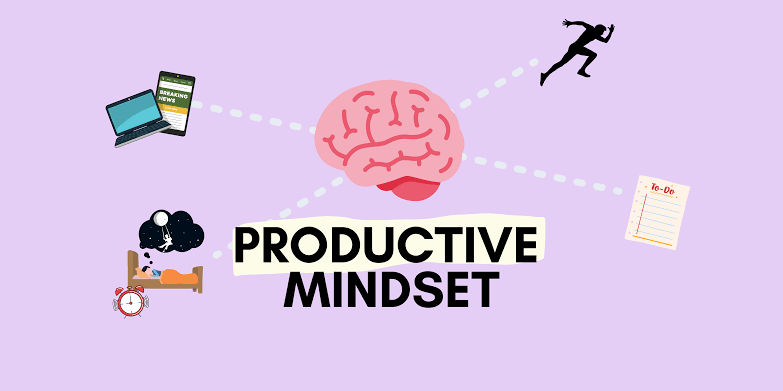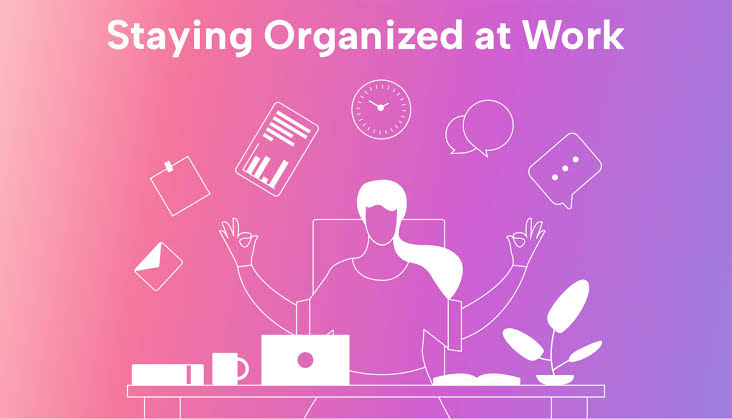High achievers are individuals who consistently perform at the top of their field. They are not only driven by goals but are also obsessed with optimizing their time, energy, and output. Unlike average performers, they seek out ways to push their limits while maintaining balance.
In 2025, high achievers face new challenges such as digital distractions, hybrid work structures, and increasing mental fatigue. To maintain a competitive edge, they must adopt productivity techniques that go beyond basic to-do lists and calendar management.
True productivity for high achievers is about working smarter, not harder. It’s about creating systems, managing attention, and leveraging tools that enhance efficiency without sacrificing well-being.
Time-Blocking with Flexibility
Time-blocking has long been a staple productivity method. It involves scheduling specific periods in the day for focused work, meetings, and breaks. High achievers in 2025 are taking this a step further by incorporating flexibility into their blocks.
Rather than sticking rigidly to the clock, they create “time themes” or “priority blocks” that account for variables like energy levels, project urgency, or creative flow. For instance, mornings might be reserved for deep work, while afternoons are kept open for collaboration or strategic planning.
This adaptive version of time-blocking helps maintain momentum without creating unnecessary stress. It allows high achievers to stay productive even when unexpected interruptions occur.
The 90/20 Productivity Cycle
The 90/20 method is gaining popularity among executives and creatives alike. Based on research in cognitive performance, it recommends working in 90-minute focused intervals followed by 20-minute breaks.
This cycle aligns with the brain’s natural rhythms, known as ultradian rhythms. It encourages full immersion during work periods and complete rest during breaks. This balance helps avoid burnout and increases sustained productivity throughout the day.
In 2025, productivity apps have built-in 90/20 timers and reminders, helping users stay in sync with their cognitive peak and recovery patterns. High achievers are using these tools to boost both output and mental stamina.
Task Batching for Mental Clarity
Multitasking is now widely understood to be a productivity killer. High achievers, instead, rely on task batching—grouping similar tasks together and tackling them in focused sessions.
For example, responding to emails, making phone calls, or scheduling meetings are all communication-related tasks that can be batched into a single block. Creative tasks like writing, brainstorming, or designing are kept in separate, uninterrupted periods.
This technique minimizes cognitive switching, which drains mental energy and disrupts concentration. With clearer mental focus, high achievers complete tasks faster and with greater precision.
Leveraging AI and Automation Tools
In July 2025, artificial intelligence is playing a critical role in personal productivity. From AI-powered scheduling assistants to smart note-taking apps, high achievers are using automation to reduce decision fatigue and eliminate repetitive tasks.
Tools like Notion AI, Motion, and Google Duet automate meeting summaries, suggest priority tasks, and adjust schedules in real-time. Workflow automation platforms like Zapier or Make streamline processes by connecting different apps and tools.
By offloading routine work to machines, high performers create more space for strategy, creativity, and high-value thinking.
Setting Outcome-Oriented Goals
High achievers don’t just set goals—they set outcomes. Instead of saying, “I want to work on this project today,” they define a clear result: “I will finish the final draft of the proposal by 2 PM.”
Outcome-oriented planning encourages accountability and precision. It transforms vague intentions into actionable objectives and provides a benchmark to measure progress.
In 2025, productivity dashboards help visualize outcomes with real-time feedback, color-coded progress bars, and data-driven insights. High achievers use these systems to track goals across personal, professional, and creative domains.
Energy Management over Time Management
More than ever, high achievers are realizing that managing energy is more important than managing time. Productivity isn’t just about how many hours you work—it’s about how energized you are during those hours.
Techniques like biohacking, personalized nutrition, and sleep optimization are widely used among top performers. Tools like wearable devices track heart rate variability, sleep cycles, and energy dips to guide daily scheduling.
Strategic breaks, movement sessions, and even power naps are built into the day to maximize alertness and minimize fatigue. This emphasis on energy management leads to more consistent and high-quality output.
The Two-Minute Rule for Micro Tasks
For small, quick tasks that can be completed in under two minutes, high achievers follow the Two-Minute Rule. The idea is simple: if a task takes less than two minutes, do it immediately rather than deferring it.
This technique helps keep digital and physical clutter under control. It prevents small tasks from piling up and mentally occupying valuable attention space.
In a digital age where emails, texts, and minor requests are constant, applying this rule keeps mental bandwidth clear for deeper, more impactful work.
Weekly Reviews and Performance Audits
Another advanced technique high achievers use is conducting weekly reviews. At the end of each week, they assess what was accomplished, what fell short, and how next week’s priorities should be adjusted.
These reviews are not just about checking off completed tasks—they’re about reflecting on time spent, distractions encountered, and systems that need improvement. Many also journal their observations to identify recurring patterns or productivity leaks.
In 2025, digital planners integrate with work platforms to auto-generate weekly summaries. These insights make the review process more objective and data-informed.
Saying “No” with Confidence
Saying “no” is a productivity skill in itself. High achievers understand that time is finite and that every “yes” to something insignificant could mean a “no” to something critical.
They prioritize high-impact tasks and respectfully decline meetings, projects, or favors that do not align with their goals. In 2025, calendar apps are built with features to evaluate whether a new commitment fits within productivity objectives.
By protecting their time and focus, high achievers maintain clarity and avoid the trap of busyness disguised as progress.
Conclusion: Mastering the Art of Productive Excellence
Advanced productivity is not about cramming more tasks into your day—it’s about choosing the right tasks, performing them with focus, and sustaining energy over the long term.
High achievers in 2025 succeed not by doing more, but by being intentional with every minute, every task, and every decision. With a combination of smart tools, self-awareness, and structured techniques, they turn their vision into results—without burning out.
Mastering these advanced methods can help anyone, regardless of industry or role, break through performance plateaus and reach new levels of personal and professional success.




Interesting